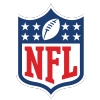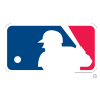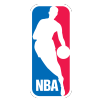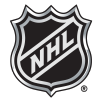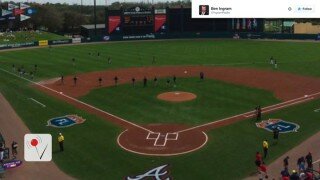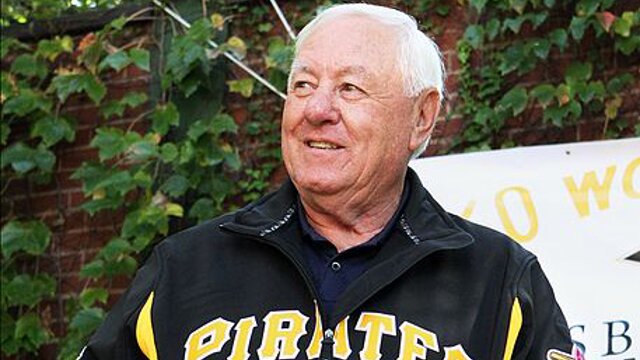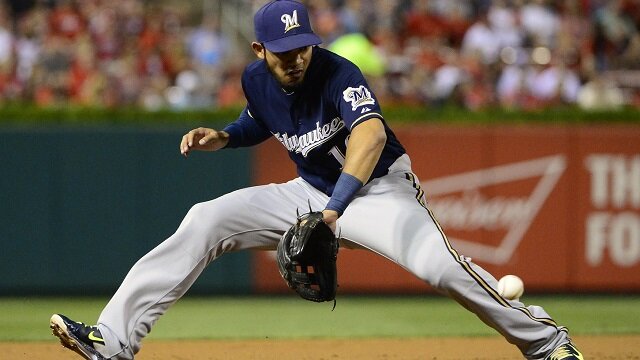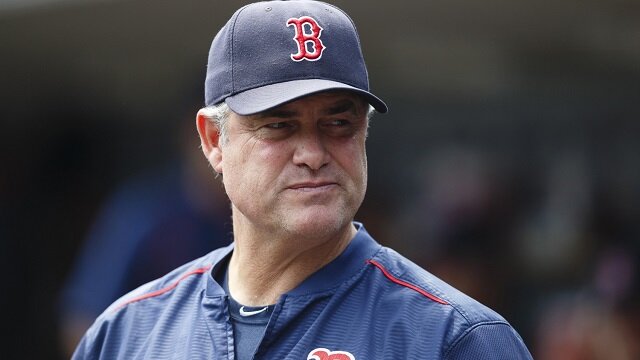
During his sixth time on the Hall of Fame ballot earlier this month, former Houston Astros first baseman Jeff Bagwell received a personal-best 71.6 percent of the vote, falling just shy of the 75 percent needed for induction. Previously, Bagwell had never received more than 59.6 percent (2013), so this year certainly marks a rather significant uptick in support.
To put it simply, Bagwell is clearly knocking on Cooperstown’s door. So, let’s take a look at how well his Hall of Fame case stacks up against others. Truth be told, an in-depth look at his numbers may actually reveal that he should have been a Hall of Famer long ago.
Once property of the Boston Red Sox organization, Bagwell spent his entire 15-year MLB career as a member of the Astros. Over that time, he played in 2,150 games, racked up 2,314 career hits, launched 449 home runs and posted a rock-solid .297/.408/.540 slash line. He didn’t have the gaudiest postseason numbers, hitting just .226/.364/.321 with only two homers over 33 games, but was a key part of several very good Astros teams in the 1990s and early-to-mid 2000s.
Of course, he fell short of a few of the traditional milestones such as 500 homers and 3,000 hits, but he was nearly a .300 lifetime hitter. Among players who have logged 9,000 or more plate appearances since 1901, his .408 on-base percentage ranks sixth among first basemen. His .540 slugging percentage ranks seventh in that regard, and his 488 career doubles rank 15th.
Also among players with 9,000-plus PAs since 1901, Bagwell’s .948 career OPS ranks eighth among first basemen and 14th among all hitters. When it comes to weighted runs created plus (wRC+), Bagwell put up a mark of 149, which ranks sixth among all first basemen with 9,000-plus PAs since 1901. A similar measure known as OPS+ also has Bagwell at a mark of 149, which ranks 36th among all hitters, period, on Baseball-Reference’s leaderboard.
A few of Bagwell’s awards and accolades include being named NL Rookie of the Year in 1991, NL MVP in the strike-shortened 1994 campaign and making four All-Star teams. Bagwell finished in the top 10 in the NL MVP race six different times. Furthermore, Bagwell was a three-time Silver Slugger recipient. While it’s fair to say that he wasn’t known as much for his defense (-82.1 career Fangraphs Def rating), he did earn a Gold Glove award back in 1994.
In both 1994 and 1999, Bagwell led the National League in bWAR (8.2, 7.4) and fWAR in (7.8, 7.8). When looking at Bagwell’s career WAR and JAWS numbers, the case for him making the Hall of Fame becomes even stronger.
For first basemen, Bagwell’s 79.6 bWAR ranks sixth on the all-time list, and his 80.2 fWAR ranks seventh. Bagwell’s JAWS, which is a stat created by Jay Jaffe that is defined by Baseball-Reference as a player’s “career WAR averaged with his 7-year peak,” ranks sixth among first basemen at a mark of 63.9. He trails only Roger Connor (65.5), Cap Anson (67.8), Jimmie Foxx (77.9), Albert Pujols (80.6) and Lou Gehrig (90.0).
Unsurprisingly, four of those players are already in the Hall of Fame with the obvious exception being Pujols, who is still an active player.
Bagwell’s JAWS is higher than the following Hall of Fame first basemen: Dan Brouthers (63.3), Johnny Mize (59.9), Frank Thomas (59.5), Willie McCovey (54.6), Eddie Murray (53.6), Hank Greenberg (52.6), George Sisler (50.8), Harmon Killebrew (49.2), Bill Terry (47.7), Jake Beckley (45.7), Tony Perez (45.2), Orlando Cepeda (42.4), Frank Chance (40.6), Jim Bottomley (32.0) and High Pockets Kelly (24.6).
The average JAWS score for all Hall of Fame first basemen, or Jpos, is just 54.2, which Bagwell easily beats.
So, with those type of numbers, what could possibly be holding Bagwell back? Well, unfortunately, one of the things that usually comes up in the discussion about Bagwell and his Hall of Fame candidacy is the speculation that he may have used performance-enhancing drugs.
Around one year ago, commissioner Rob Manfred told ESPN.com that he would advise Hall of Fame voters not to “surmise” that certain players used PEDs. While he didn’t name either of them specifically, Mike Piazza was usually the other player who was frequently lumped into the “suspicious” category along with Bagwell. Manfred also brought up the 2007 Mitchell Report during that interview, which neither player was named in.
However, Bagwell reportedly did admit to the Houston Chronicle in 1998 that he had used androstenedione before it was banned by baseball, as did Piazza in his 2013 book ‘Long Shot.’
Of course, Piazza was just elected after receiving 83.0 percent of the vote during his fourth year on the ballot. His induction into the Hall of Fame may signal the beginning of a change in attitude. Understandably, the debate about players such as Barry Bonds and Roger Clemens, who received 44.3 and 45.2 percent of the vote respectively this year, can be expected to go on for some time yet. However, Piazza getting elected to Cooperstown should only bode well for a player like Bagwell, who like him never failed a drug test or was named in the Mitchell Report.
Considering that the now 47-year-old Bagwell just missed being elected to Cooperstown this past time around and he still gets four more tries (a player gets 10 years before being dropped from the ballot), it appears to be a pretty safe bet that he is eventually going to get in. It could quite possibly happen as soon as next year.
Granted, the ballot is still going to be quite crowded in 2017. Sure, two new members were just elected to the Hall of Fame in Piazza and Ken Griffey Jr., and players such as Alan Trammell and Mark McGwire were dropped after their time on the ballot ran out. There were quite a few players who failed to garner the necessary five percent to stay on the ballot as well (Jim Edmonds, Nomar Garciaparra, Mike Sweeney, Troy Glaus, etc.)
But looking ahead to next year, Tim Raines, who received 69.8 percent of the vote this year, will be on the ballot for the 10th and final time. Moreover, Lee Smith, who was part of a class which also included Trammell and Don Mattingly that was grandfathered in and allowed to stay on the ballot for 15 years, will also be on the ballot for the final time next year. Trammell received a personal-best 40.9 percent in his final year, and it wouldn’t be shocking to see a large wave of support for Raines and Smith next year either. Other names such as Trevor Hoffman (second year), Curt Schilling (fifth year) and Edgar Martinez (eighth year) can be expected to appear on quite a few ballots as well.
Plus, the 2017 ballot figures to feature newcomers such as Vladimir Guerrero, Manny Ramirez, Ivan Rodriguez, Jorge Posada and Magglio Ordonez. It is of course relevant to note that BBWAA voters only get to name 10 players on their ballot, and with such an impressive crop of new names coming in, things could get a bit more complicated.
That being said, Bagwell should still like his chances of making it into Cooperstown in the very near future. It may not be a slam dunk, but it does look quite promising for the former all-world first baseman. One member of the “Killer B’s” has already been inducted into the Hall of Fame in Craig Biggio, and it would be great if Bagwell could join him.
* All statistical information courtesy of Baseball-Reference and Fangraphs


